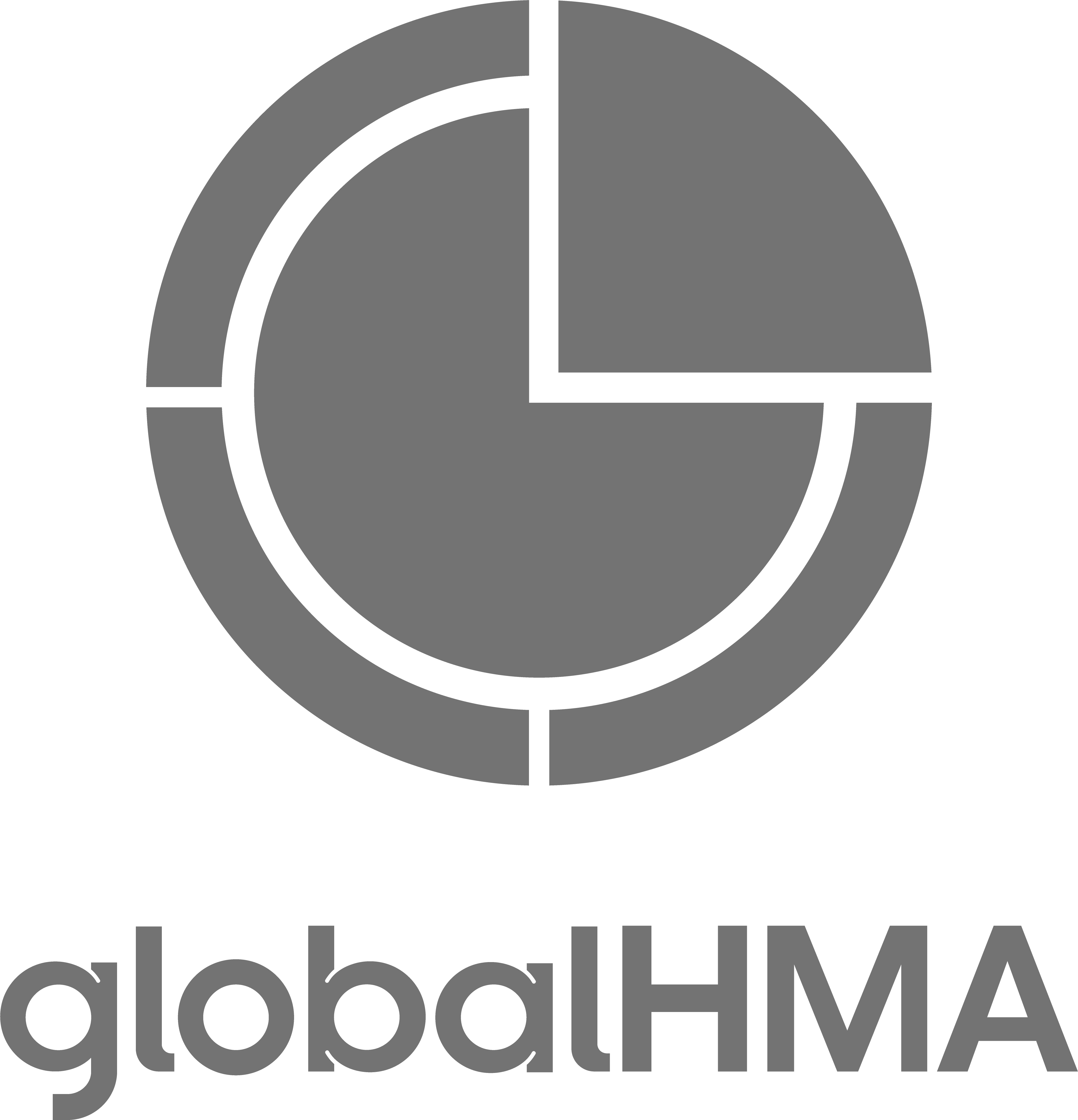In the realm of online advertising, there are many options when it comes to displaying your message. For the purpose of this blog, we will discuss two main types of digital ads featured in the Google Display network.
Display ads have been around for over 20 years but only recently have native ads come into existence on the Google Display Network. And they have already become more popular in just a short amount of time. What made them so popular? Let’s first explain display and native ads and highlight their advantages and disadvantages.
Display ads are digital designs that appear on many websites in all shapes and sizes, depending on the available space. In the early days, display ads mostly appeared as banners at the top of web pages but as technology in web design advanced, there were more opportunities for unique placements and image formats. Currently, in the Google Display Network, there are 20 different standard sizes of banner ads and the images can be static or animated in gifs or HTML5. With the right creative, you can really attract the viewer’s eye so make sure your images really pop on a page. Remember to A/B test and decide what is best for your business goals.
While display ads have lower clickthrough rates than native ads, that is not necessarily indicative of their overall success. Banner ads are great for branding campaigns. You should always monitor impressions, conversions, and other metrics rather than simply measuring clicks. Consider your campaign goals and decide which measurements are best for you.
Native ads offer a different approach to online advertising. Native ads, or what Google refers to as responsive ads, take on the shape of whatever site, platform, space, or format in which they appear. Since they can take on different forms depending on placement, native ads feel more organic and can blend in better on pages. This leads to higher engagement because viewers do not feel like they’re being interrupted or have gone “banner blind.” There is also less time spent creating the ads because the process is as easy as uploading an image. Simply add your assets to the campaign whether it be your logo or a product you’re selling, type in your headers and descriptions, and you’re on your way. Native ads have gained popularity among advertisers due to higher clickthrough rates, overall engagement, and ease of use.
This is not to say that traditional display banner ads are a thing of the past. They are a very effective marketing tool and will continue to be beneficial. When comparing both types of ads, it’s not whether one format is better than the other. What’s more important is that your content has value and provides viewers with a pleasant and meaningful experience. Try experimenting with both types of ads to develop a strategy that is in-line with your campaign’s goals.




